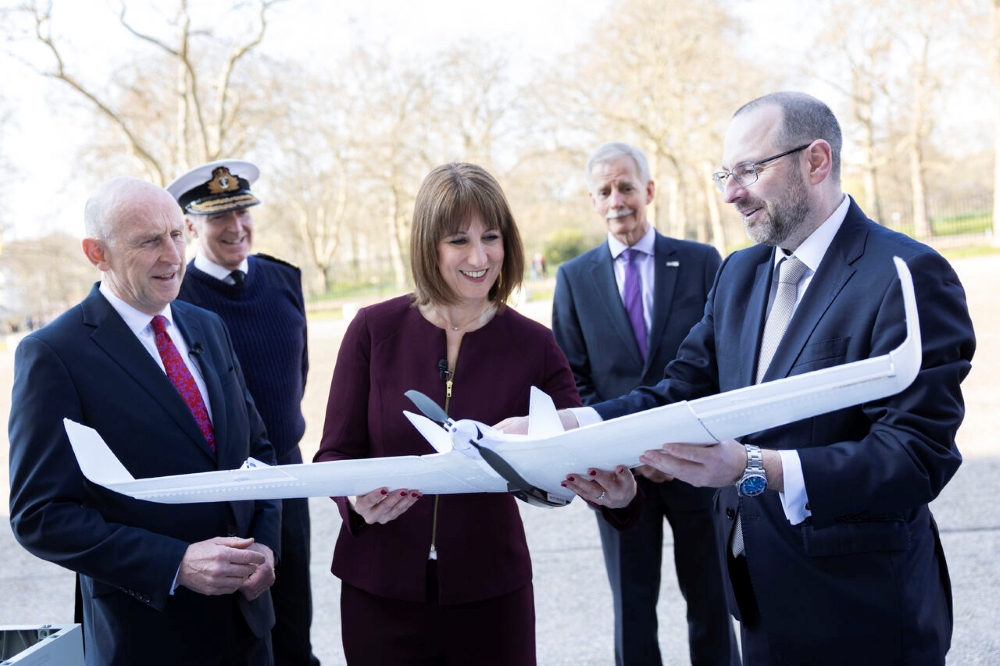
In her Spring Statement on economic measures and government spending plans, the Chancellor Rachel Reeves has revealed a £2.2 billion boost to the Defence Budget for the financial year that is soon to begin (2025/26), describing it as a first 'downpayment' on the way to hitting the 2.5% of GDP spending pledge in Fiscal Year 2027/28.
According to the Treasury, this boost takes spending on defence to 2.36% of GDP for the year.
The intent to reach 2.5% in 2027 means an increase, in cash terms, of £13.4 billion in 2027-28 compared to 2024-25, although the real increase is more modest as it’s highly unlikely spending would have ever remained otherwise flat as this figure implies.
The Spring Statement also evidences that spending on the Single Intelligence Account will be £4.6 billion in 2025/26. The SIA funds the security and intelligence agencies: the Secret Intelligence Service (MI6), the Government Communications Headquarters (GCHQ) and the Security Service (MI5).
The Prime Minister has announced its intent of listing Defence and Intelligence spending together in the future, which together will thus account for a spending of 2.6% of GDP in 2027.
The Statement also provided some clues on spending measures already agreed as well as on some of the plans that will be unveiled more comprehensively with the release of the Strategic Defence Review later this Spring. Namely, the Chancellor revealed that “at least” 10% of the MOD’s equipment budget will be required to be spent on 'novel technologies' (such as drones, AI enabled technology, directed energy weapons etcetera.) It has been mentioned, contextually, that more money will be made available in order to fit 4 Royal Navy destroyers with Laser weapons by 2027 rather than 1 as planned so far. The laser weapon, a development of the DRAGONFIRE demonstrator, should thus soon begin its integration path on the Type 45s.
A 'ringfenced' budget of £400 million will be assigned to the 'UK Defence Innovation' (UKDI), a new body created within the MOD to “enable UK companies to scale up innovative prototypes rapidly, from initial production to manufacturing at scale”.
£2 billion of increased capacity have been promised for the UK Export Finance fund to provide loans for overseas buyers of UK defence goods and services, helping export drives.
The Chancellor also promised unspecified new investment in the Portsmouth naval base which, looking at the known pipeline of MOD projects, could involve the construction of a new fuel jetty for the Gosport fuel depot of the Royal Navy.
There has also been a renewed commitment to improving service accommodations and also to the investment of £200 million for job creation in Barrow-in-Furness, the town where all nuclear submarines for the Royal Navy are built. 20 million a year for 10 years had already been promised as part of city-wide development projects on the back of massive infrastructural investment by BAE Systems within the yard thanks to AUKUS.








.png)
